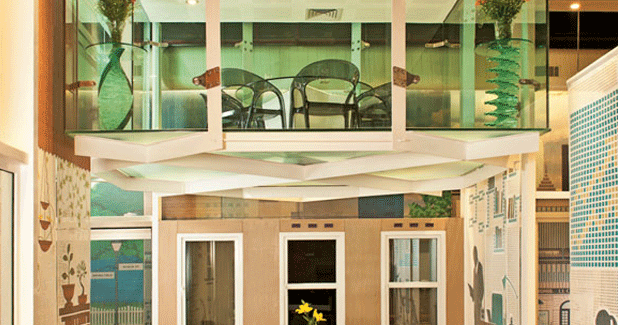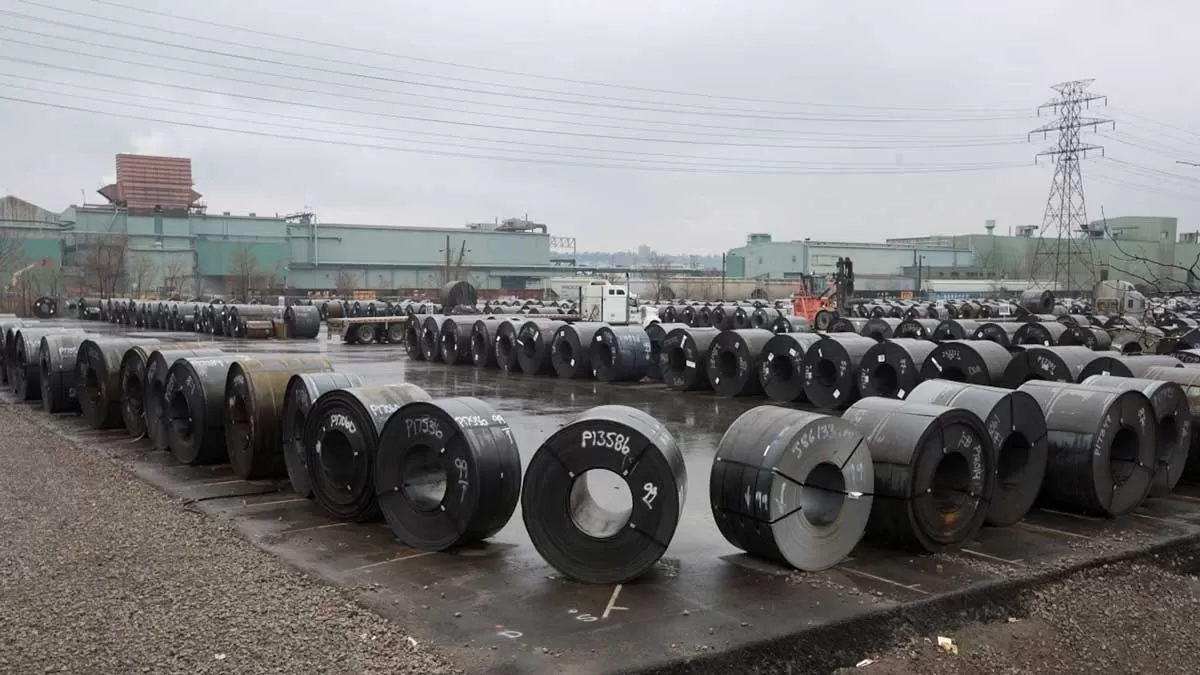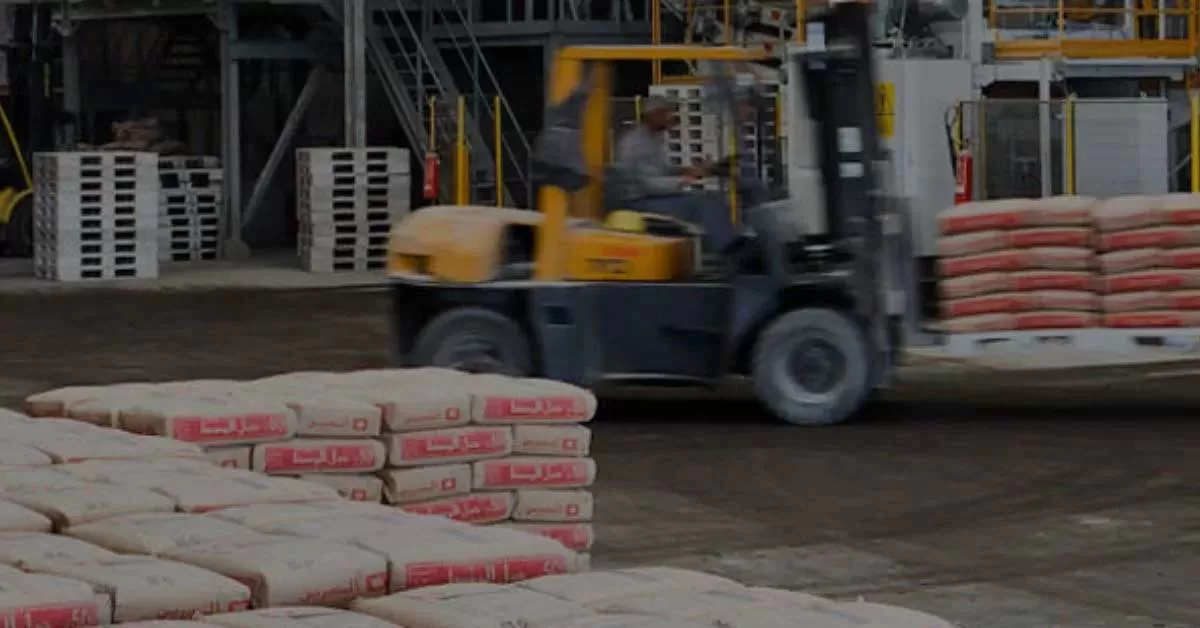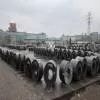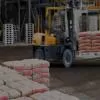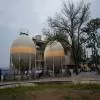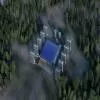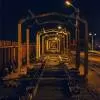Vikram Khanna, COO-Architectural Institutional Business, COO-Consumer Glass, CMO, CIO, Asahi India Glass Ltd
Its green nature, connection with the environment and aesthetic appeal are major reasons for the adoption of glass. Along with this,
Vikram Khanna, COO-Architectural Institutional Business, COO-Consumer Glass, CMO, CIO, Asahi India Glass Ltd (AIS), quips,´There is a joke in the glass industry - we are not competing with other glass manufactures but with brick and mortar.´ While integration and value addition are crucial to the company´s strategy, AIS not only manufactures glass but processes it, toughens it, and even coats it to convert it into high-performance solar glass. The 30-year-old company, formed in JV agreement between the Labroo family, Asahi Glass Company Japan and Maruti Suzuki India Ltd started as an automotive ancillary and eventually transitioned into a glass company in 2000. Khanna talks about current trends, the safety aspects of glass and more in conversation with SHRIYAL SETHUMADHAVAN.
Introduce us to the current trends in glass.
The green movement has led to widespread use of glass and cement. Many developers now wish to have their buildings certified green and glass provides energy-efficiency. It reduces HVAC load and lighting bills owing to the inflow of natural light. Glass also provides aesthetic value to a construction; along with a clear view, it prevents UV and heat radiation. In hot and humid regions in India, it is vital to keep the inside temperature cool while keeping the heat out, and allow natural light. On the contrary, in colder cities, the heat has to be trapped inside. Glass is the only building material with such flexibility. Also, safety and security are critical and glass fulfills the need for both structural safety and fire resistance.
What is the level of awareness among developers and architects about the use of glass?
We always advise them to ´use´ glass and not ´abuse´ it.
The awareness level among developers is quite limited.
Even architects today rely on façade consultants, who in turn need to go one step further and say what type of glass should be used and for which applications. Our company ventured into the high-performance glass (coated glass) market two years ago. There is hard-coat reflective and soft-coat reflective; the demand is higher for hard coat as it is cheaper.
Tell us about safety solutions in glass offered by AIs.
Two types of technologies - tempering and lamination - provide a range of products used as safety glass. We have a whole range of tempered glass and heat-soaked glass. Often glass breaks owing to the presence of impurities called nickel sulphide. To ensure that glass remains steady, the process of ´heat soaking´ can be applied. This obviously adds to the cost but public areas like hotels, hospitals and airports must go in for it. At present, AIS does not produce fire rated glass (FRG) in India but we plan to introduce it in the near future. Our JV partners have a complete range of FRG. If we see some value momentum on the same, we could consider manufacturing it in India; as of now, we are trading it in.
In terms of market share, what type of glass is most popular in the construction sector?
The total demand in the market for glass, including architectural and automotive, is about 125,000 metric tonne (mt) per month. Of this, the bulk of about 80 per cent is architectural glass, about 100,000 mt to 110,000 mt. Clear glass makes up 65,000 mt selling like a commodity and tinted glass has a demand of 25,000 mt. Coated or high-performance glass is divided into hard coat and soft coat, of which demand for hard-coat glass is around 14,000 tonne and soft coat 3,500 tonne to 4,000 tonne. The rest of the demand comes from mirror, which is around 8,000 mt. So, the market share depends on the volume of production. In the value-added segment, we are the market leaders in tinted and hard-coat reflective glass and in second place for the soft-coat reflective segment. The market share in the tinted segment would be 60 per cent; in the hard-coat reflective, it is about 55 per cent with a production of 14,000 tonne.
Tell us about your manufacturing facilities for architectural glass.
We have two facilities for float glass manufacturing. The one in Taloja, Mumbai, which is currently closed for cold repair, was operational for 19+ years. The repair is unavoidable in the lifecycle of any float glass plant. We have three processing facilities for architectural glass, one in Roorkee, Taloja and Chennai each. Hence, we effectively cover three major geographical locations. The demand from the East is still relatively nascent. An interesting fact is that while we are glass producers, we are also big glass consumers ourselves. For architectural and processing, the raw material is flat glass. Being the largest processors in the country, AIS actually consumes 16,000 tonne within itself, taking flat glass and adding value to it. A large part of the total, around 10,000 tonne, is used to service the automotive side, where we have a 65 per cent market share. The balance 6,000 tonne is used for architectural applications. Our sourcing is global, whereas our processing is local.
What are the challenges faced by glass companies in India?
On the supply side, one challenge is to be able to produce flat glass efficiently in the country. Another critical issue is logistics, for which infrastructure needs to be well developed.
As glass is a unique material û voluminous, weighty and fragile - transporting it to a great distance is not advised. On the demand side, it needs to pick up. Efforts need to be made to encourage the market to adopt value-added glass. The challenge lies in moving a community of developers to adopt value-added glass even when there is cost pressure. Additionally, project delays cause disruptions. We are obligated to supply to a project at a determined price for a certain timeframe, which turns into never-ending supply. There has been inflation - the price of glass making in the past three years has gone up by 70 per cent but the cost of glass has started moving in the June of last year.
Although the per-capita consumption of glass in India is rising, the per-capita consumption in other developed countries and developing countries like China is much higher...
The per-capita glass consumption in Western Europe, America and Japan is 15 kg and in China it is 7 kg, whereas India has taken 10 years to go from 600 gm to 1-1.1 kg. Even a country like Thailand boasts consumption of 4 kg. The bulk of consumption is related to the growth rate, size of economy, disposable and per-capita income, among other factors. China had a massive boost when the change in regulation occurred, when they jumped from ones and twos to seven. The glass industry in India is poised to grow at about 6-8 per cent in 2014-2015. If all the good sentiment translates into good work, we could look at 10-12 per cent in the next two years. In the architectural space, this whole change will take a little longer.
In about 20-30 years, we will require 300 million units. Growth in the commercial sector is slow while residential is good in pockets. Bengaluru is vibrant, Pune is reasonable, Mumbai is barely scraping by and NCR is negative. In case of retail, Tier 2 and Tier 3 cites, especially the mall market, are looking reasonable with around 5-6 per cent growth. Unless the interest rates starts dropping and the GDP grows, concrete changes will not be seen. The impact - positive or negative - will truly be felt only in the second half of the next financial year.
